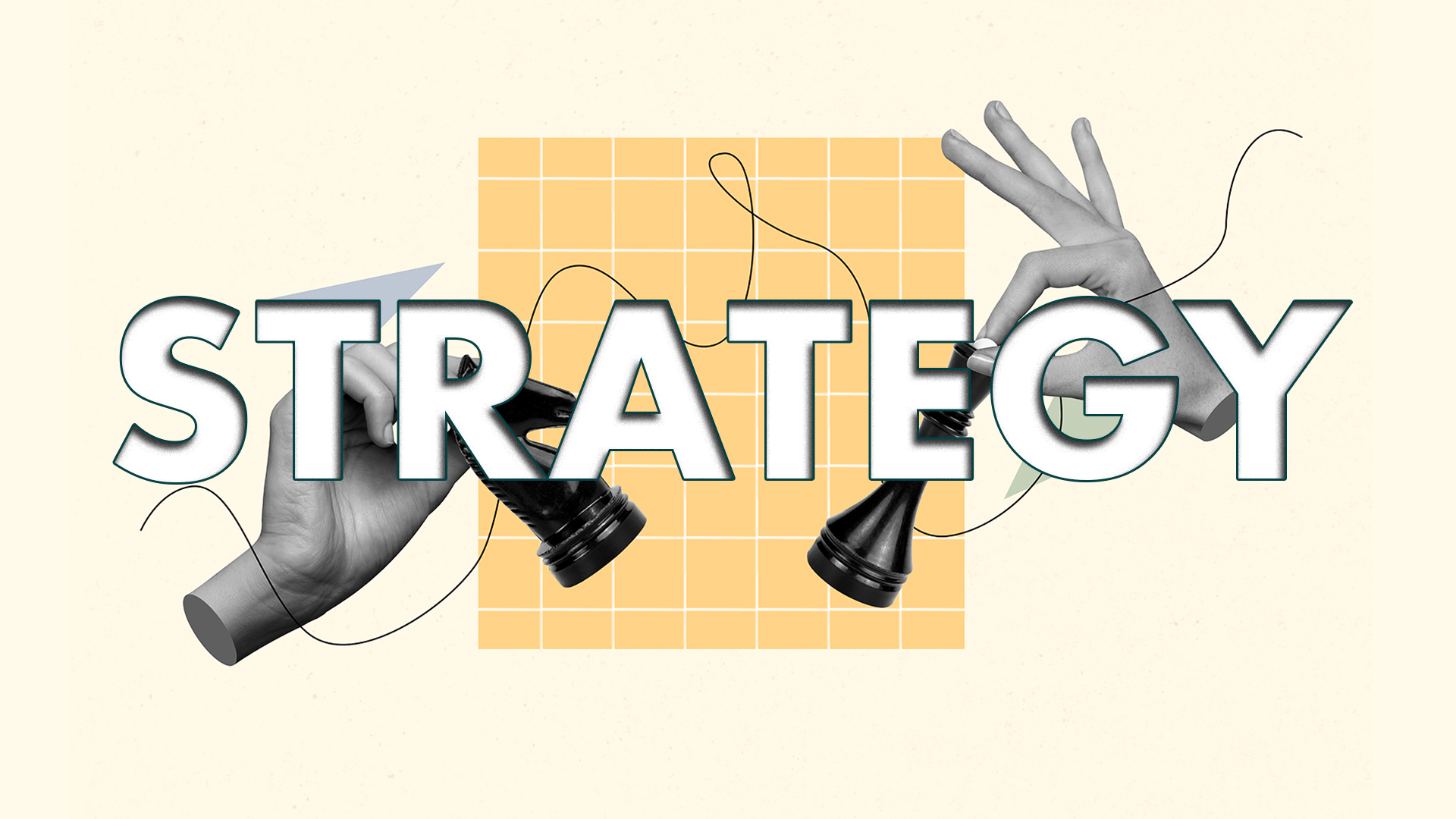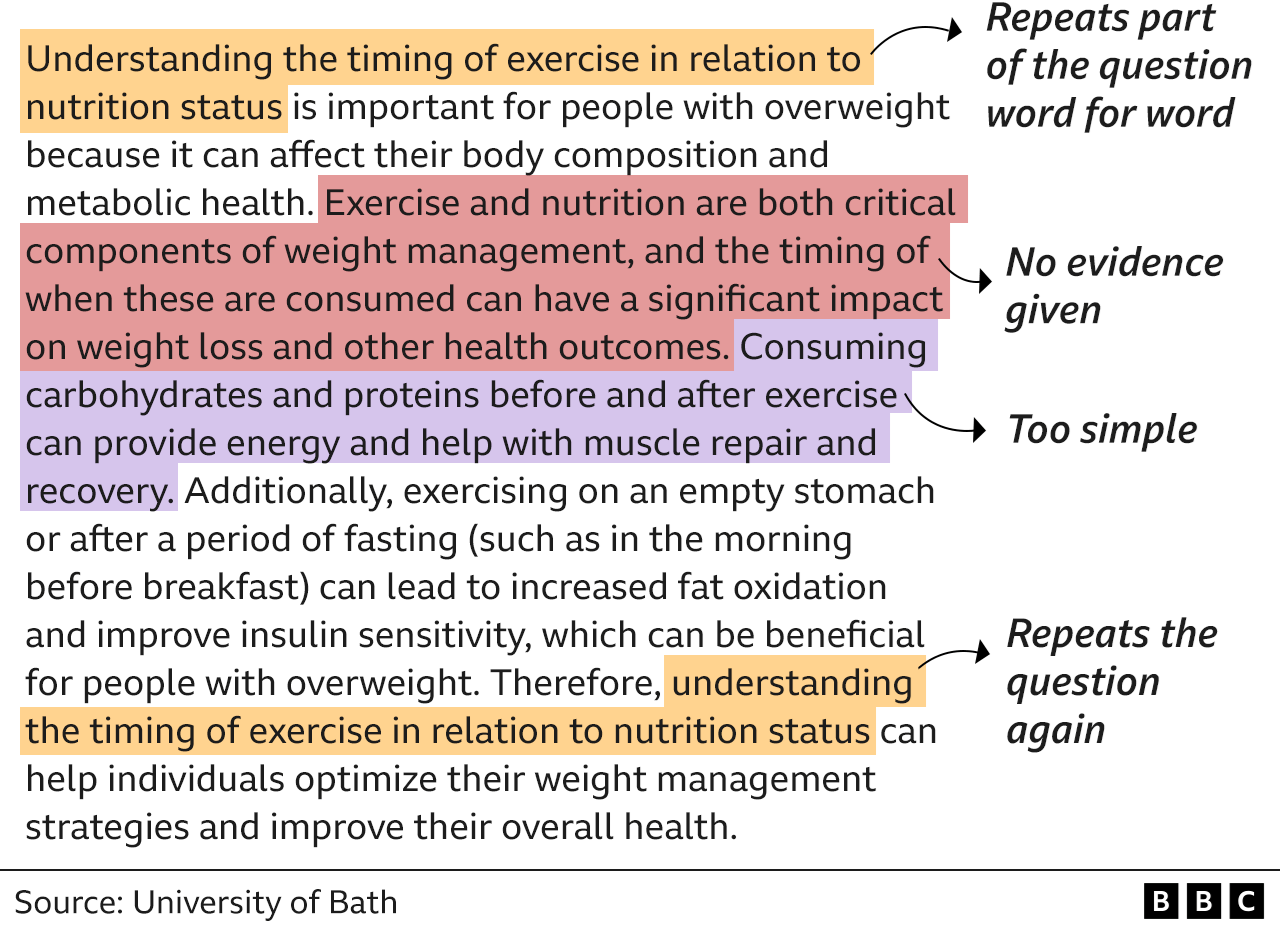
Artificial intelligence (AI) is revolutionizing the way businesses approach marketing and creative strategies. From personalized content to predictive analytics, AI is changing the game for marketers. In this thought piece by Creative Partner Brett Davey, he’ll explore the impact of AI on creative strategies and what the future holds for marketing.
Why this isn’t another doom and gloom post about AI
Everyone is talking about AI. And I mean everyone.
A year ago, I joined other early adopters and creative-types toying with MidJourney V2 in creating candyfloss forests and posting neon-like dream images on Instagram. Then, in December 2022, when ChatGPT-3 went viral, and I watched professional people experimenting with AI and sharing their experience on LinkedIn (whose own algorithm spotted a trend and convinced Microsoft to invest in the tech). Since then, AI has exploded. If someone was to measure reality by social media chatter, they’d be forgiven for thinking the machines had already taken over. Even my 70-year-old mother, who spends our calls talking me through the latest WI meeting, mentioned AI this weekend. ‘I’m worried AI is going to take your job,’ she said, before slugging back her Sunday afternoon prosecco.
Personally, I’m not worried, which is why this is not another blog about how dangerous AI is to humanity.
Why AI doesn’t replace creative strategy
Let’s be honest, humanity has been a danger to itself for aeons. We humans have a long history of creating tools that do people harm. Stanley Kubrick nailed it in 2001: A Space Odyssey. Humans invented the first tool a 1.5million years ago and the first weapon the following morning.
As a species, we are good at spotting objects, materials, other species, and fellow humans with which to partner. Often, these partnerships have been a double-edged sword. For instance, 100,000 years ago, humans developed language, acquiring the ability to communicate and collaborate more freely with another. Amongst other things, language led to religion, which, for all its upsides, also created division and led to persecution and war. Language also enabled innovation, the ability to pass on ideas across generations so we might improve upon them. This led to seismic inventions: the wheel, the printing press, the electric lightbulb, the telegraph. With the exception of the wheel, which predates recorded history, all such inventions met with excitement and fear in equal measures.
While writing existed before Socrates, the great orator nervous of the technology. He famously warned that writing would ‘create forgetfulness in leaners’ souls because they will not use their memories’. Though writing a thing down eases the burden of memory, it doesn’t destroy memory. There are many studies, like this one from the University of Tokyo, which prove recall improves with handwritten notes.
What causes this is a mystery. The human brain remains an undiscovered country. A strange place that we all can access, yet no one is close to creating a map. Studies like the Tokyo one, and Paul Zak’s work on Oxytocin (discussed in an earlier blog here) help us understand the environment within our minds, but the undergrowth remains impenetrably dense. As humans, we feel because our peculiar neural network combines with biochemicals, hard-coded evolutionary responses mix with personal experience, and together this creates emotional actions. While human creatives may not understand the neuro-psychology behind this, they are among the most attune to these sensations. The reason a writer like Shakespeare persists is that he understood universal human truths and communicated them in a timeless way. There are many great Shakespeare quotes, but a favourite of mine which is as true today as it was 420 years ago is:
“Our doubts are traitors, And make us lose the good we oft might win, By fearing to attempt,” (Measure for Measure)
Identify areas where AI can enhance your creative process
The human creative mind can frame ideas in ways that resonate and sell a concept to others. Shakespeare needed tools to achieve this, he partnered his creative brain with the theatre to bring his understanding to the masses.
Shakespeare isn’t an isolated creative genius. Before him, cave painters used plants to make dyes and create evocative battle scenes, and since him we have had the likes of Steven Spielberg using cinema and CGI to make us think and feel.
Now we have generative AI – Bard, Bing or ChatGPT – fresh tools to help humans share their creativity. It can seem scary. After all, there have been a dazzling number of applications and integrations developed since these algorithms were released. Just check out the Generative AI page on LinkedIn, which regularly shares posts about new tools, and you’ll see in a recent post that in April 2023, over a thousand AI tools were released. It is intimidating.
If you do a good old-fashioned Google search for ‘AI tools for writing blogs’, a seemingly endless list appears: Jasper, Writesonic, Contentatscale, Ryte, Copy.ai and so on. As part of the research for this article, I trialled a few and there’s no doubt AI writers write cleanly – grammar is impeccable and sentence structure is never less than readable. However, their writing is bland, because without human partner to design and refine the output, it’s predictable. A skim read of AI-generated article might convince, but almost all the content fails OpenAI’s own Classifier. Within a recent BBC article regarding fears that university students will use AI to cheat at essays was this sample text:

The text above shows no human creativity. Sure, it reads well enough, but no thought appears to have gone into the piece. There is no opinion, no context and no reference – zero relationship to human experience.
Ways to harness AI in creative strategies
Without an idea to explore, an opinion to present or concept to tease out, words, illustrations and animations are just shapes on a page or screen.
Oxford University Professor Marcus du Sautoy believes AI should be a ‘kind of catalyst to push our human creativity’, a sentiment reiterated by the Gottlieb Duttweiler Institute study ‘Creative through AI’ (an English language translation can be downloaded here). The study considers how AI performs against the four skills of the Innovators’ DNA:
- Observing and associating
- Questioning
- Networking
- Experimenting
It finds that AI is a useful partner for Observing and Associating. It can spot patterns in language, audio, images, and video. In video editing, for example, adding cut points between an interviewer and an interviewee used to be time-consuming. Now AI tools like Autopod can analyse multi-camera footage and automatically insert cut points, saving an editor a day of dull work to focus on the creative aspect of the edit.
Alongside pattern recognition, AI can help consolidate broad knowledge from multiple sources and summarise the information into digestible text. Ultimately, with the right prompts, AI can be a great research tool. And this also plays into Questioning. Where anomalies appear or sources contradict, an AI can identify and question the discrepancies.
Networking is harder. The AI requires the input from multiple people or sources, each bouncing off one another, to aggregate the information and form a new idea, (which sounds like taking all the fun out of a creative brainstorm).
Finally, Experimenting, this is an area where AI excels. It can generate multiple responses from the same prompts, and the user can add additional prompts to tweak responses – all at lightning speed. If an illustrator wants to try different variations on the base character they’ve designed, they can use tools like Jasper or Dall-E 2 to take the initial sketch and then write prompts to try out different hair, expressions or ages, etc.
Why AI could never replace creative thinking
According to the ‘Creative through AI’ study, where AI runs into problems is with creativity itself, the essence of ideation. The report’s author, Jan Bieser, says, “AI cannot support all human skills that are essential for idea development, such as real-life observations or personal interactions,”. It is incapable of creating something truly new or unique. Many AI Writers have plagiarism detectors built in, but even Jasper’s own sales video admits that while every sentence is unique, each word is sourced and sequenced from somewhere online. AI feeds on information, then regurgitates the same ingredients in a different form. Such content might sustain a marketing effort, but it will always feel a little off, a little sour.
Because AI doesn’t possess human experience, it doesn’t know what it feels like to fall in love, to see your child hooked up to an IV or to watch your football team come back from 3-0 down and win the Champions League Final on penalties (one is like flying, one is like being at the bottom of a well and one is like stepping off the best rollercoaster ride ever). AI can’t experience life, not human life – not now and not ever. This means they will always be incapable of offering inspiring creative ideas that truly engage and resonate.
Imagine a FinTech or Media business selling an algorithmic product or service. Its buyers and its employees are human. For content from such a brand to captivate its market requires presenting the product in terms of human-need, how it will improve the human experience in the context of a problem that is relevant and easy for a person to understand. A human creative can contextualise and come up with an idea based on situations the audience recognise, they can identify oxytocin and serotonin triggers, not by thinking science but by drawing on memory. Once the human creative has an idea which evokes emotion, they can run some words through an AI to form possible tag-lines or create an indicative image for a pitch, but without the memory and relatable experience, there is no idea. Our work for Xaxis, a WPP agency, that specialises in data driven solutions is all about people.
Like most human tools, AI has the potential for harm; but in the same way that a brick can build a house or batter someone senseless, the AI is not responsible for how we use it.
Creative strategies working in harmony with technology and AI
A good partnership with AI is one where human creativity designs and refines. On our side of the partnership, we can use our millions of years of evolution and decades of personal experience to formulate ideas or questions and turn to AI to help with the researching, the testing and the humdrum. Then, we take on board what the AI shares to shape into a coherent, creative solution that will engage a human audience. This is partnership, a human-AI creative cyborg.
When Socrates worried that writing would eradicate memory, he was wrong. Writing led to reading and improved access to knowledge. AI has the power to make information more manageable, to free up time for more creative tasks and to allow us to ask better, deeper questions about the human experience. As a Creative (with a big ‘C’) and a content writer, that sounds to me like a positive. The more time I have to think about how my potential audience will react to an idea, the more I can hone it.
We are still in the early days. AI is nascent and learning how best to use it for client projects is a matter of experimentation. Fortunately, generative AI is very good and very quick at experimenting, and it won’t be long before the partnership between human creativity is as seamless as the link between language and memory.
If you’re looking for better ways to engage with your audience, get in touch with us today.